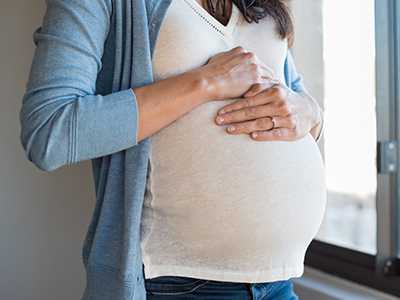
HVAC And Pregnancy
Indoor air quality
When it comes to pregnancy safety, it’s needed to investigate the air quality in your home. Some health effects show up only after years of repeated exposure to poor air quality, and these can be as serious as, for example, cardiovascular disease.We bring you some actionable steps to check your home’s air quality:
1. Find sources of air pollution
Check for signs of ventilation problems such as moisture condensation on windows or walls, smelly or stuffy air, dirty central heating, and air-cooling equipment. Other possibilities are a gas stove, certain building materials, and synthetic or treated upholstery.
2. Improve ventilation
You can reduce the concentration of indoor air pollutants by increasing how much outdoor air is entering your home. The simplest way to do this is by opening doors and windows. Another option is using bathroom or kitchen fans that exhaust outdoors, eliminating toxins from the room and boosting the outdoor air ventilation rate.
3. Change the filter regularly
If you have a traditional HVAC system, the recommendation is to change the filter every 3-4 months. You might also consider adding a portable air cleaner to your home. It is a separate unit that filters gases or particles, even the tiniest parts that are considered most harmful.
The last thing you want during pregnancy is a home that is too hot or too cold. Having a well-kept HVAC system ensures the air you breathe is clean, giving your baby a greater chance of protection from the risks of poor air quality. So do not wait and schedule the HVAC cleaning now!

